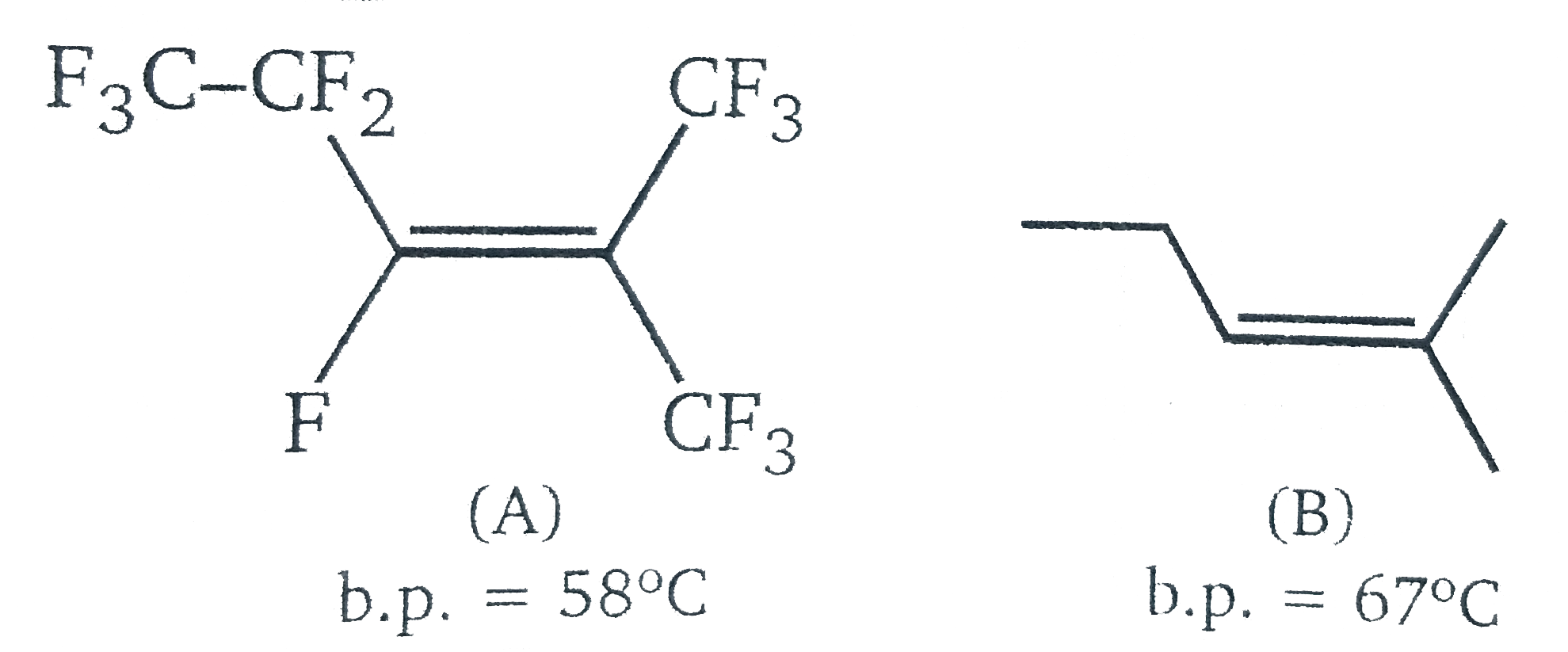Among the second period elements the actual ionisation enthalpies are in the order Li<B<Be<C<O<N<F<Ne.
Explain why (a) Be has higher ΔiH than B and (b) O has lower ΔiH than N and F?
(i) Be has higer ΔiH than B because Be has the elctronic configuration 1s22s2 while B has the electronic configuration 1s22s22p1. The larger ΔiH of Be in comparision to B is due to the fact that
The electronic configuration of Be is more stable (completely filled 2s orbitals) than that of B.
In Be, the electron to be removed during the ionization is an s-electron while the electron to be removed during ionization of B is a p-electron. The penetration of a 2s-electron to the nucleus is more than that of a 2p-electron and hence 2p electron of B is more shielded from the nucleus by the inner core of electrons than the 2s-electron of Be. As result, 2s-electron is attracted to the nucleus more than 2p-electron. Therefore, it is difficult to remove a 2s-electron from Be than to remove the 2p-electron from B. Thus, Be has higer ionization enthalpy than B.
Oxygen has four electrons in 2p orbitals and two of the four 2p electrons must occupy the same 2p-orbital resulting in increased electron-electron repulsion. On the other hand. N has stable half filled configuration, while F has greater nuclear charge. Therefore, O has ionization enthalpy less than N as well as F.
Topper's Solved these Questions
- CLASSIFICATION OF ELEMENTS AND PERIODICITY IN PROPERTIES BOOK - MODERN PUBLICATIONCHAPTER - CLASSIFICATION OF ELEMENTS AND PERIODICITY IN PROPERTIES EXERCISE - NCERT FILE (NCERT TEXTBOOK EXERCISE)
40 Videos
- CLASSIFICATION OF ELEMENTS AND PERIODICITY IN PROPERTIES BOOK - MODERN PUBLICATIONCHAPTER - CLASSIFICATION OF ELEMENTS AND PERIODICITY IN PROPERTIES EXERCISE - NCERT FILE (NCERT EXEMPLAR PROBLEMS) (MCQs-I)
17 Videos
- CLASSIFICATION OF ELEMENTS AND PERIODICITY IN PROPERTIES BOOK - MODERN PUBLICATIONCHAPTER - CLASSIFICATION OF ELEMENTS AND PERIODICITY IN PROPERTIES EXERCISE - PRACTICE PROBLEMS
26 Videos
- CHEMICAL BONDING AND MOLECULAR STRUCTUREBOOK - MODERN PUBLICATIONCHAPTER - CHEMICAL BONDING AND MOLECULAR STRUCTUREEXERCISE - UNIT PRACTICE TEST
13 Videos
- ENVIRONMENTAL POLLUTION BOOK - MODERN PUBLICATIONCHAPTER - ENVIRONMENTAL POLLUTION EXERCISE - UNIT PRACTICE TEST
15 Videos
Similar Questions
Among the second period elements the actual ionisation enthalpies are in the order Li<B<Be<C<O<N<F<Ne . Explain why?
Be has higher (ΔiH)1 than B
View SolutionAmong the second period elements the actual ionisation enthalpies are in the order Li<B<Be<C<O<N<F<Ne.
Explain why (a) Be has higher ΔiH than B and (b) O has lower ΔiH than N and F?
View Solution
Knowledge Check
The second ionization enthalpies (ΔiH2) of alkali metals are
Avery lowBlowChighDvery high
Among the second period elements the actual ionisation enthalpies are in the order Li<B<Be<C<O<N<F<Ne . Explain why?
O has lower (ΔiH)1 than N and F ?
View SolutionAmong the third period elements, the actual ionization enthalpies are in the order Na<AI<Mg<SI<S<P<CI<Ar. Explain why:
(i) Mg has higher ΔiH than AI. (ii) S has lower ΔiH than P and CI.
View SolutionExplain why A has lower point than B ?

View SolutionThe second ionisation enthalpies of both Cr and Cu are higher than those of the next element. Explain.
View SolutionThe second ionisation enthalpies of both Cr and Cu are higher than those of the next element. Explain.
View SolutionAmong second period elements, the correct order of first ionisation enthalpy is :
1 Li < Be < B < C < N < O < F < Ne
2 Li < B < Be < C< O < N < F< Ne
3 Li > Be > B > C > N > O > F > Ne
4 Li > B > C > Be > O >N > F > Ne
View SolutionWhy second ionization enthalpy is always higher than the first ionisation enthalpy for every element?
View Solution
